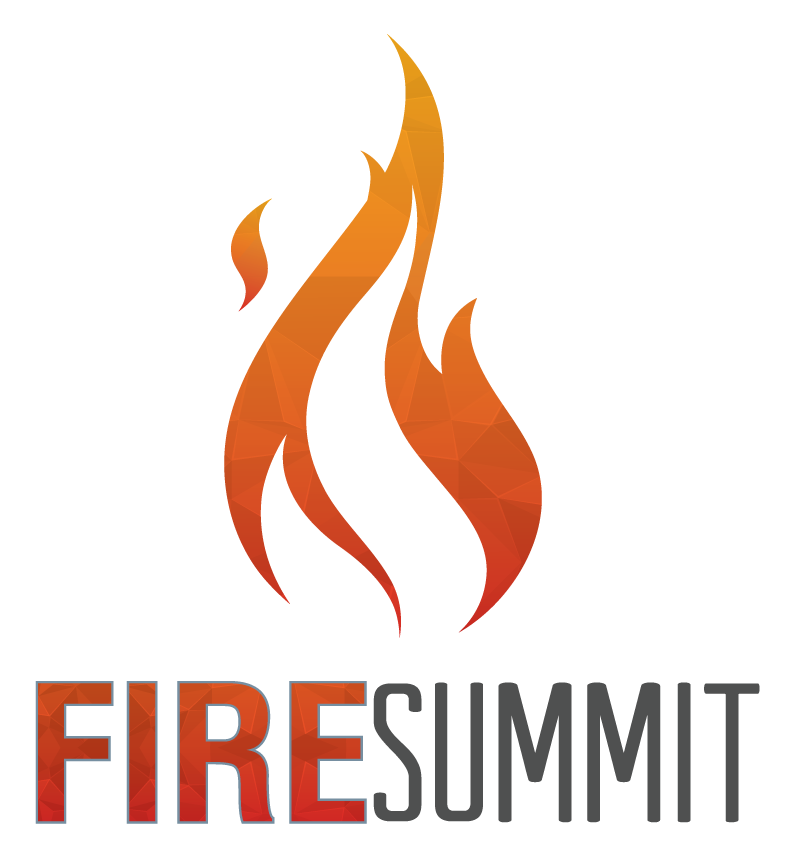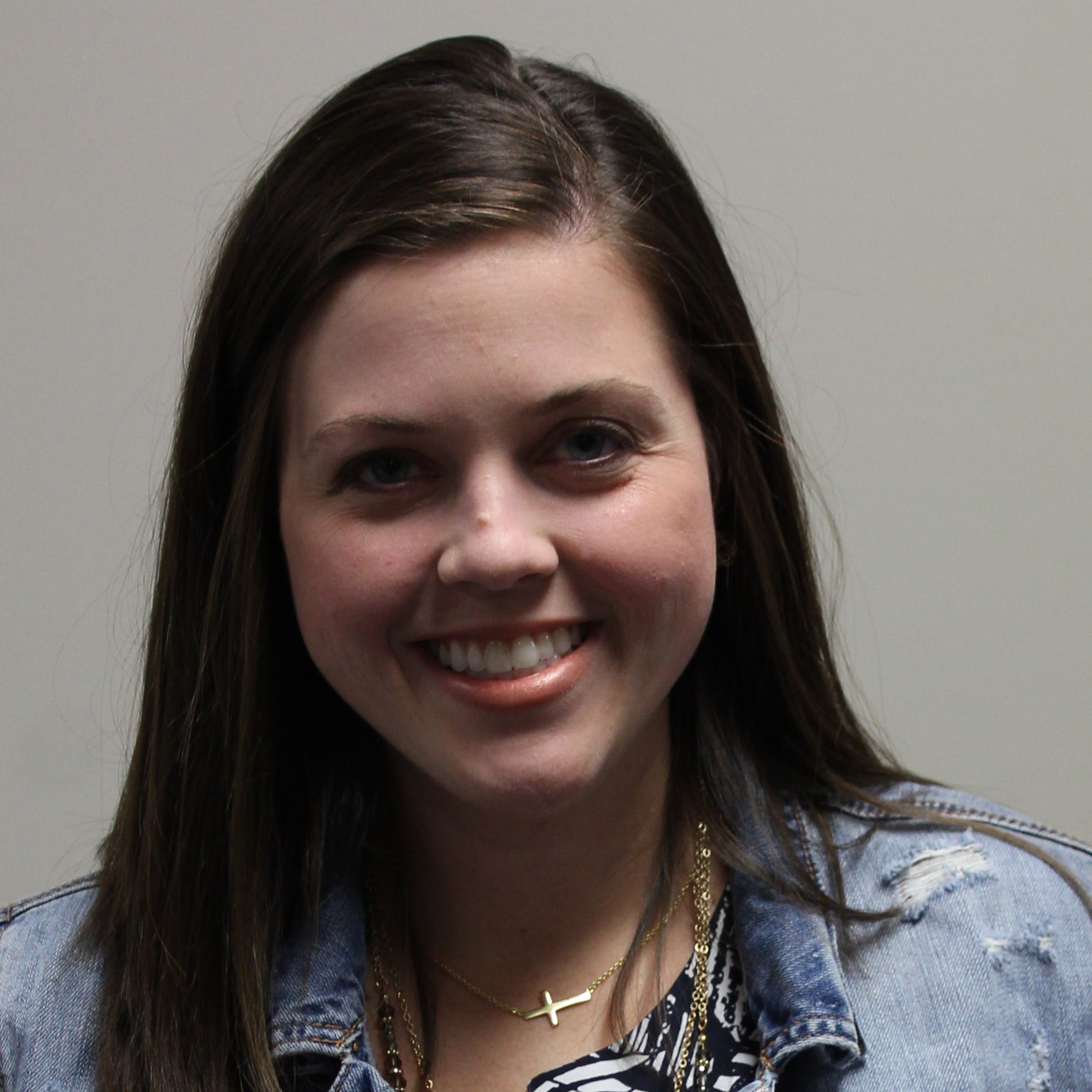Snapshot
A “Merging” Classroom
Covid-19 has knocked me and many teachers across the world back on our heels and has forced us to rethink how we plan and deliver education to our students. The new normal for us as educators and our students has centered on the introduction of technology to simplify and combat the issues and challenges we have faced due to the Coronavirus.
The next school year will probably look unlike any other, with many school districts considering redefining the meaning of homeroom. As the corona virus impacts schools and students begin learning from a distance, one thing that could help keep learning interactive is virtual reality. It’s no secret that VR is a tool that helps bring lessons to life and develop students’ social and emotional learning skills which is something right now that I feel all educators are striving to do. As a primary teacher, I have developed fears and worries about how I can continue to implement that essential hands on, real world application and learning, while simultaneously social distancing and remaining only in our classroom or through a computer screen. All of these thoughts and more led me to my area of focus: How can I provide real world, engaging experiences for my students from afar? In the past couple of months, education has evolved and changed completely than what we know or are used to. It has been a scary and trying time as an educator trying to figure out how to best meet the needs of all our students safely and efficiently while we are not physically with them, which is why I want to step out of the box and be an ambassador for our school and “get the ball rolling” with the implementation of virtual reality. I teach 3rd grade so immediately my wheels started turning and the fear and questions began to set in on how 1 would accomplish this, and that’s when I remembered hearing about merge cubes and goggles during the 2020 Fire Summit.
What happens when students arc isolated and distanced, when districts arc discouraging social interaction and face to face learning’! For many the learning will slop, students will become discouraged and disengaged. But not my students … J want more for them. J want as much normalcy, consistency and routine I can bring to my classroom right now. With a Merge Cube and goggles, there’s an easy and inexpensive way to add AR to my remote lessons. The Merge Cube would allow students to hold virtual 3D objects, enabling an entirely new way to learn and interact with the digital world. Students can explore a galaxy in the palm of their hand, hold fossils and ancient artifacts and examine them like a paleontologist, watch as a volcano erupts before their eyes, and create virtual objects that they can hold and share. Merge cubes would allow access to a world that we have to social distance from without ever leaving the safety and security of our homes and classrooms. I believe with the help of these VR tools it will allow opportunities and experiences for myself and my students to work towards mastering the following objectives even during a pandemic:
- Travel and explore places and things all over the world without leaving the classroom
a. The pandemic has halted travel and outside experiences so I want a way to bring those experiences to my students. - Promote curiosity, wonder and engagement
a. Nature of virtual reality brings depth to educational content by engaging the senses and allowing exploration to a degree that would be difficult to duplicate within the confines of a classroom.
Students Soar With Rocketbooks
I hope for these technological tools to become great additions in my toolkit for creating engaging and memorable experiences in my classroom that-promotes teamwork. creative thinking, collaboration, confidence and growth on the road to 21st century remote learning. To my knowledge no one in my school has committed to trying a digital notebook, therefore I would like the opportunity to take the lead on the integration of digital notebooks within my school and possibly even our district. I have already researched where to purchase these products and how to begin integration, so I am hoping for my timeline to begin in October and carry through May, completing as many lessons and activities revolving around making learning innovative, engaging, organized and student centered by having each child create a digital portfolio/folder with assessments, reflections, writing pieces, etc. to share with parents, teachers and other students; to allow instruction to continue and be easily accessed when absent, homebound or off-site students, flip and blend instruction, while simultaneously providing them with tools and innovation they can retain and use for the rest of their lives. Success is not hard to measure if you have your goals in mind, therefore the way I hope to measure the success of this project is:
- Student growth from the beginning of the year to the end, as well as, in comparison to other 3rd grade classes that did not integrate digital notebooks: students with short term goals and gains.
- Mastery of standards checklist, including the new upcoming technology standards; individual and class mastery at a 70% success rate
- Products and student testimony about what they were able to do, create and accomplish with the integration of these digital notebooks during such a trying and uncertain time.
I can be sure that all positive outcomes are due to the integration of this project by not only comparing growth of the same students from last year’s reading scores to now, and identifying if more gains were made with or without the implementation of this resource, but from testimonies of guardians and students about how if remote/ hybrid or virtual learning improved from last school year to the beginning of this one. I hope you consider myself and my students for this grant. In this globally and digitally interconnected world, all learners, from cradle to career, need new skills and knowledge to succeed. Right now digital learning and tools is not only a want in our classrooms but an essential necessity. If we want to prepare our children for success in school, work and life in the world we live in right now, then we must provide those opportunities to learn and use those 21st-century skills and I hope my classroom is where it all begins.

